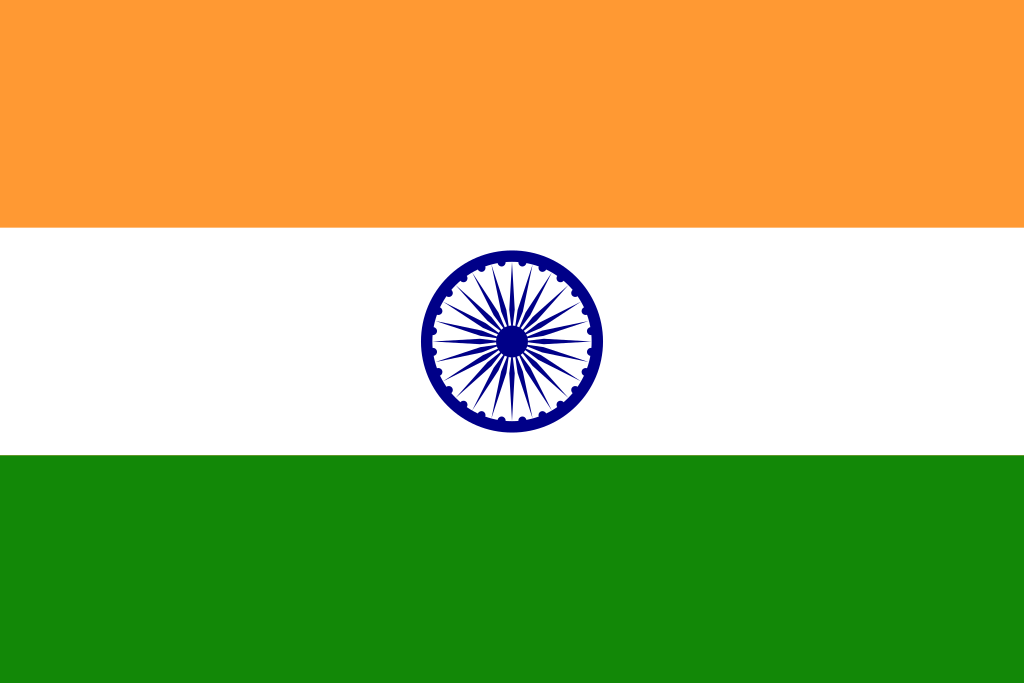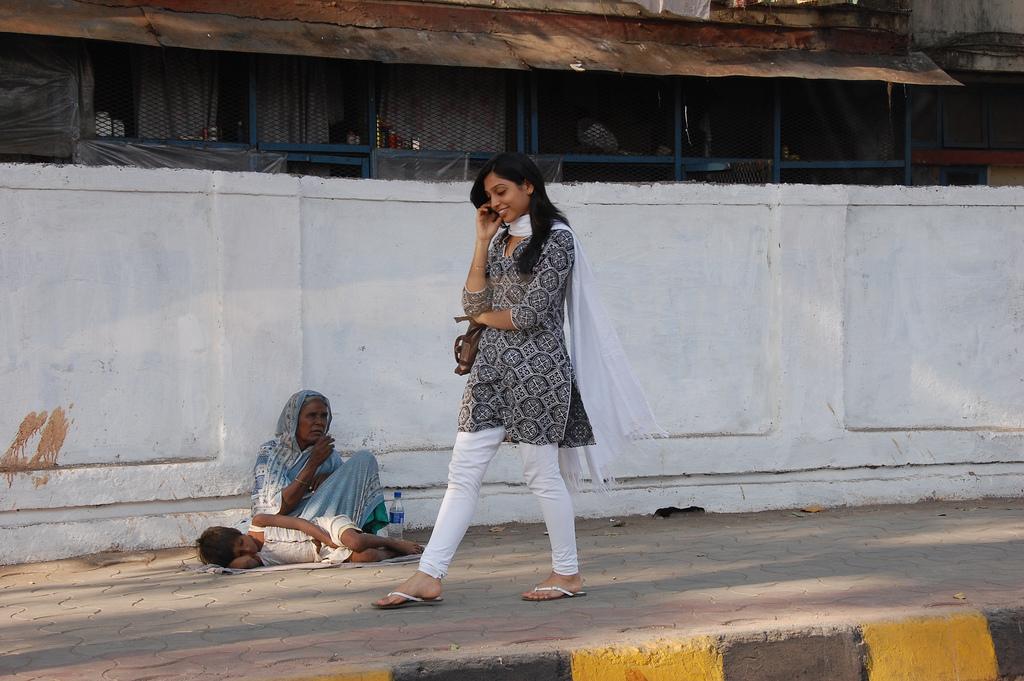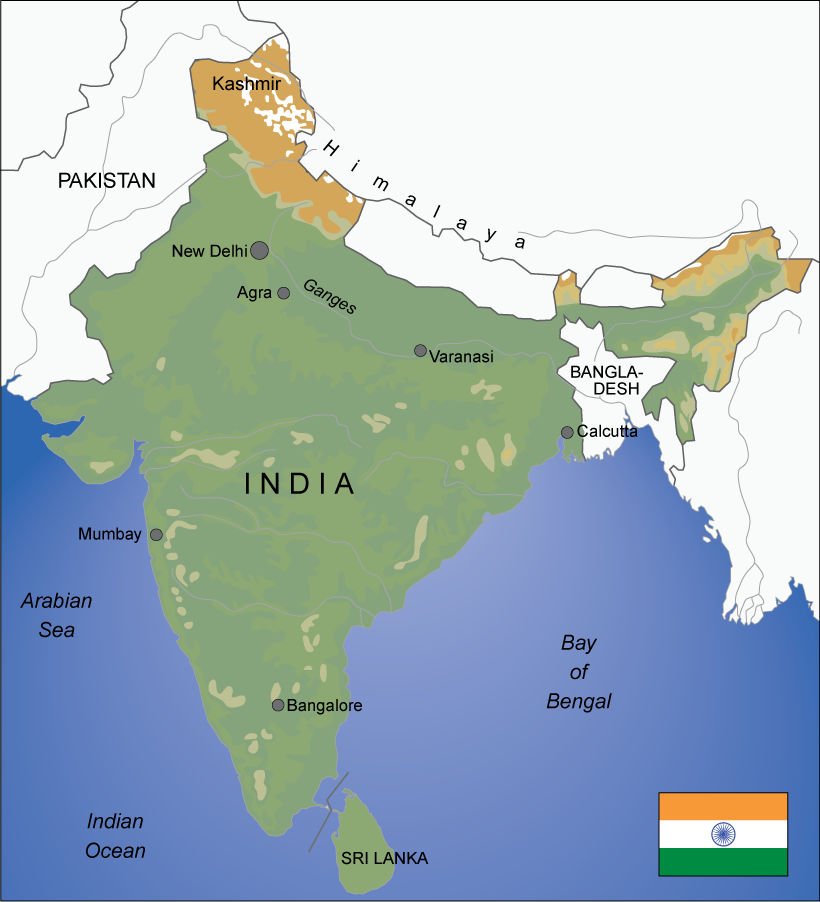An Introduction to India

India - Introduction

The Republic of India is the most or second most populous country in the world. New Delhi is the capital, but Mumbai (formerly Bombay) is the largest city.
India is a republic consisting of 28 states and seven union territories, with a parliamentary system of democracy. Economic reforms since 1991 have transformed it into one of the world's fastest growing economies. Nevertheless, a large portion of the population still suffers from high levels of poverty, illiteracy, and malnutrition.
Four major world religions, Hinduism, Buddhism, Jainism and Sikhism originated in India. Judaism, Christianity and Islam arrived in the first millennium AD and shaped the region's diverse culture. Hindi is the official language of the country, while English is recognised as a “subsidiary official language”. There are another 21 languages spoken in India, thus English has great importance as a lingua franca.
Home to a region of historic trade routes and vast empires, India has been admired for its commercial and cultural wealth for much of its long history. From the 16th century, European powers such as Portugal, the Netherlands, France and the United Kingdom established trading posts there. By 1856, most of India was under the control of The British East India Company, which had interests in commodities such as cotton, silk, tea and opium.

India became an independent nation in 1947, after a series of widespread, non-violent protests lead by Mahatma Gandhi, came to a successful end. Gandhi was soon after assassinated by a religious fanatic. Once, when asked what he thought of Western civilization, Gandhi answered that he thought this would be a good idea! Through his uncompromising non-violent attitude, Gandhi is now a global symbol of peaceful and respectful co-existence.
Due to religious tension in the country, it was decided to establish two Muslim countries - Pakistan in the West and Bangladesh in the East. Still today, there are border disputes and a generally strained relationship between Pakistan and India.
India has witnessed a technological and industrial boom in the last few decades. They have a huge high-tech economy and an educational system that provides the technology based industry with a skilled work force. Indian workers are also sought after in Western countries for their diligence and expertise.
Though India’s middle class is rapidly increasing in numbers there are, however, still hundreds of millions of poor people to whom the IT revolution is but a faint glimmer.
Comprehension task
Writing task
Gather information about Mahatma Gandhi from several sources on the internet, and write an essay in which you share your views on this man. Feel free to include your thoughts on how Gandhi would have felt about some of the current conflicts in the world.
Discussion
Research
- How is the relationship between India and Pakistan today? Search for recent news from this conflict.
- What area does the border conflict between India and Pakistan involve? Make sure you cross-reference your information. Both India and Pakistan have English-speaking media that may be biased.
Guoskevaš sisdoallu
What are the first things that come to mind when you think of India? Make a list, and share it with the class.